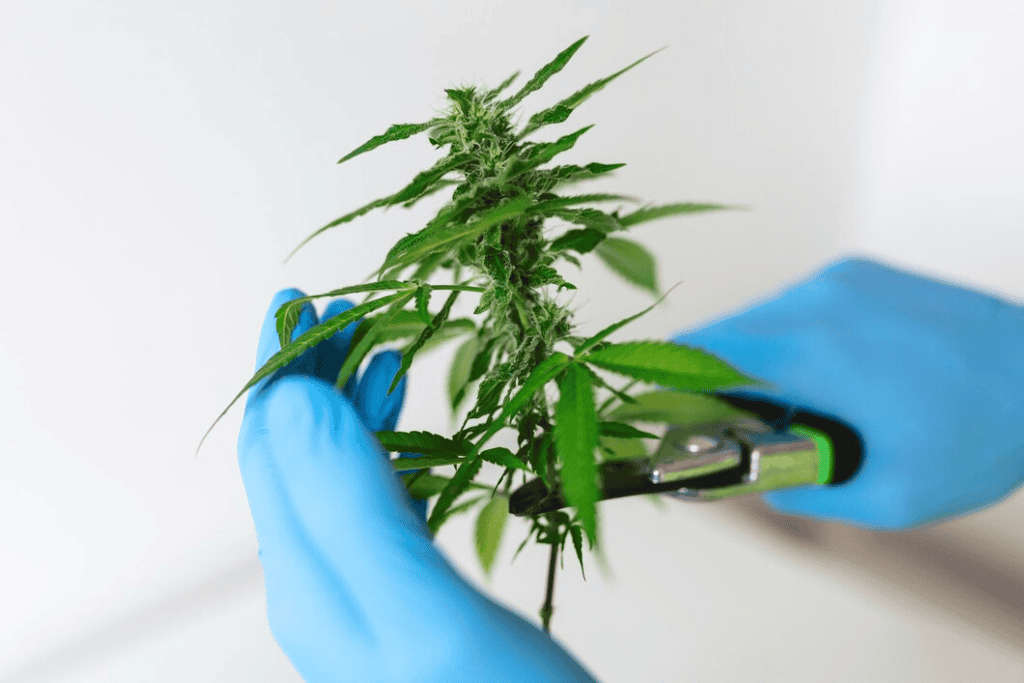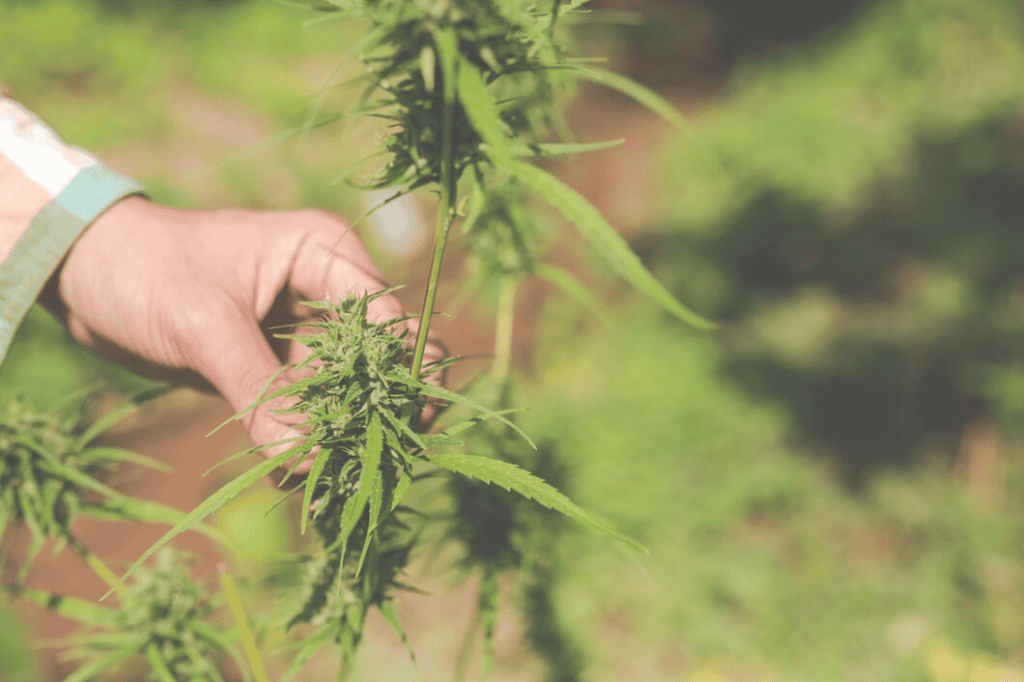Cannabis farming in Canada has grown rapidly since legalization, creating opportunities for farmers across the country. However, cannabis cultivation comes with its own set of challenges, from harsh weather conditions to strict government regulations. For those looking to enter the industry or expand their existing operations, understanding these factors is crucial.
Canadian cannabis farmers not only have to deal with climate-related obstacles but also must navigate a complex regulatory landscape. Selling cannabis legally requires adherence to stringent guidelines, which apply both to growers and retailers, including online dispensaries like The Herb Centre. These regulations aim to ensure consumer safety but can also create hurdles for new and existing farmers.
This article explores the key challenges and opportunities of Cannabis farming in Canada, offering insights into how growers can succeed in this evolving market.

Harsh Climate and Growing Conditions
One of the biggest challenges for cannabis farmers in Canada is the country’s diverse and often unpredictable climate. Unlike traditional crops, cannabis is highly sensitive to temperature fluctuations, light exposure, and humidity levels. These environmental factors can significantly impact plant growth, yield, and overall quality, making climate management a top priority for growers.
Short Growing Seasons
Canada’s outdoor growing season is relatively short, particularly in provinces that experience early frosts and long winters. Many regions only offer a small window of favorable conditions, forcing farmers to carefully time their planting and harvesting schedules.
Harsh Winters and Freezing Conditions
Canadian winters are notoriously severe, with subzero temperatures and heavy snowfall posing a serious challenge for cannabis farmers. Even in milder areas, sudden cold snaps can cause plant stress, stunted growth, or even crop failure.
Pest and Mold Issues
Weather extremes aren’t the only concern—environmental conditions also create the perfect breeding ground for pests and mold, both of which can destroy entire crops if not properly managed.
The Cost of Indoor and Greenhouse Growing
Because of these climate challenges, many Canadian cannabis farmers turn to indoor growing or greenhouse cultivation to maintain consistent environmental conditions. However, both options come with significant costs.
- Indoor growing – This method allows complete control over temperature, light, and humidity, but it requires extensive energy use for artificial lighting, ventilation, and climate control.
- Greenhouses – These provide natural light while allowing farmers to regulate conditions more effectively, but they still require heating, dehumidifiers, and advanced irrigation systems.
In colder regions, heating costs alone can be a major financial burden. Farmers must weigh the benefits of environmental control against the high electricity and equipment expenses. Those who use sustainable solutions, such as solar panels and water recycling systems, may reduce costs over time, but the initial investment remains high.
Regulatory Challenges and Compliance
The Cannabis Act governs the production, distribution, and sale of cannabis in Canada. While legalization has opened doors for commercial cultivation, it has also introduced a set of strict compliance requirements that farmers must follow.
- Licensing and permits – Farmers must obtain cultivation licenses from Health Canada, which involves rigorous application processes, background checks, and security measures.
- Product testing and quality control – Every batch of cannabis must undergo strict testing to meet safety and potency standards, adding to operational costs.
- Advertising and branding restrictions – Unlike other agricultural products, cannabis farmers face limitations on how they can market their crops. Packaging and labeling regulations are highly controlled.
While these rules are necessary for ensuring product safety and quality, they can be expensive and time-consuming for small-scale farmers to comply with.
High Start-Up and Operational Costs
Entering the cannabis farming industry requires significant investment. The costs go beyond just seeds and soil—growers must account for infrastructure, compliance, and workforce expenses.
- Land and facility costs – Setting up a farm or an indoor cultivation facility requires a considerable amount of land or warehouse space.
- Security measures – Due to strict regulations, cannabis farms need to implement robust security systems, including surveillance cameras and restricted access areas.
- Labor and expertise – Unlike conventional farming, cannabis cultivation requires skilled labor to manage plant genetics, growth cycles, and processing.
For new farmers, securing funding can be difficult. Traditional banks often hesitate to provide loans for cannabis-related businesses due to ongoing federal restrictions in other countries. As a result, many farmers turn to private investors or cannabis-specific funding programs.
Opportunities in Cannabis Farming
Despite these challenges, cannabis farming in Canada presents numerous opportunities for those who can navigate the landscape successfully.
Expanding Market Demand
The demand for cannabis continues to rise, both for recreational and medicinal use. The increasing acceptance of cannabis worldwide also opens doors for potential export markets. With proper licensing, Canadian farmers have the opportunity to sell their products internationally.
Advancements in Cultivation Technology
Technological innovations are making cannabis farming more efficient and cost-effective. Some of the latest advancements include:
- Automated growing systems – These reduce labor costs and increase precision in watering, lighting, and nutrient distribution.
- Genetic improvements – Breeding new cannabis strains that are resistant to pests, mold, and extreme weather conditions can help farmers improve yields.
- Eco-friendly solutions – Sustainable farming techniques, such as hydroponics and vertical farming, are helping growers optimize space and reduce environmental impact.
Farmers who adopt these technologies can stay ahead of the competition and increase profitability.
Government Support and Incentives
Although regulations are strict, the Canadian government provides certain incentives and support programs for cannabis farmers.
- Research grants – Some provinces offer funding for agricultural research and innovation in cannabis cultivation.
- Sustainability initiatives – Growers who implement eco-friendly practices may qualify for tax incentives or government-backed programs.
- Opportunities for Indigenous communities – The government has introduced programs to support Indigenous cannabis businesses, creating a pathway for more diverse participation in the industry.
Farmers who take advantage of these programs can reduce operational costs and gain a competitive edge.

The Future of Cannabis Farming in Canada
The cannabis industry in Canada is still evolving, and with that comes both uncertainty and potential. While farmers must deal with environmental challenges, regulatory hurdles, and financial constraints, those who can adapt will find opportunities for growth.
With increasing consumer demand, ongoing technological advancements, and potential new markets, cannabis farming remains a promising venture for those willing to invest the time and resources needed to succeed.
By understanding the challenges and leveraging the available opportunities, Canadian cannabis farmers can position themselves for long-term success in this fast-growing industry.

